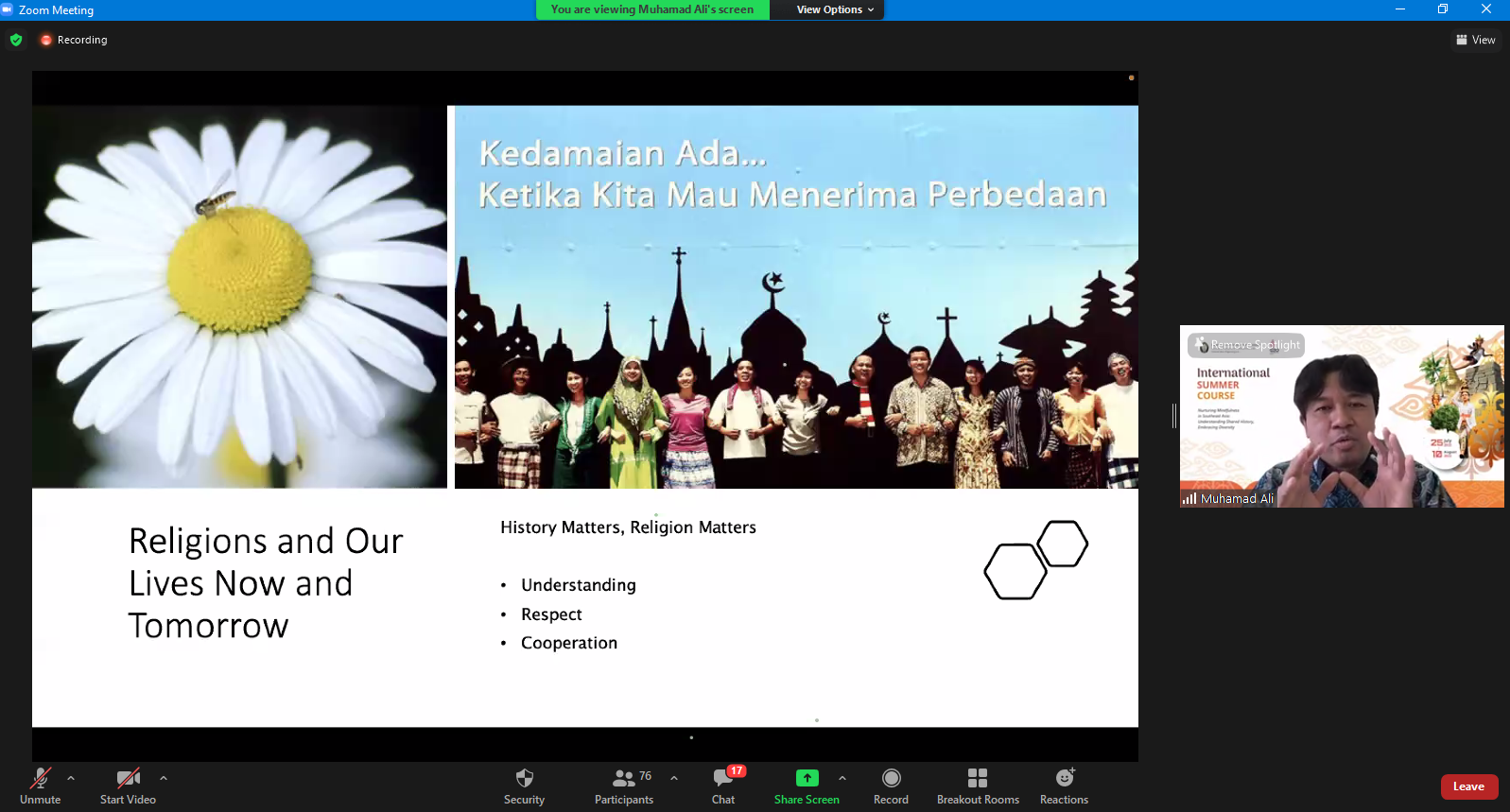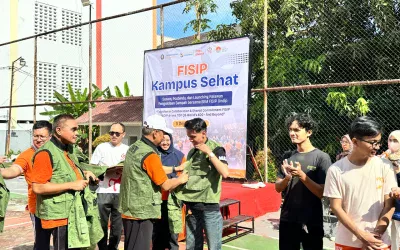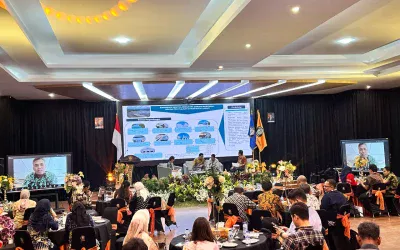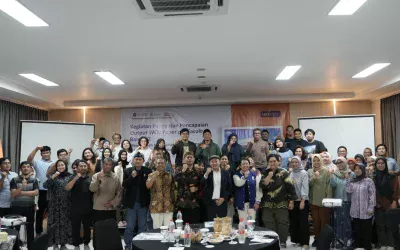Southeast Asia has been known as a region with the most diverse ethnicities, languages, religions, and cultural practices. Not only diversity in social aspects, but also known for its biodiversity for being located in the tropical region surrounded by the Pacific and Indian Oceans.
Thus, diversity becomes an interesting topic to be discussed in the 2022 Summer Course of Communication Science Study Program of the Faculty of Social Science and Political Science Universitas Diponegoro. In two weeks, the 2022 Summer Course of Communication Science Study Program will bring more interesting topics covering the diversities in Southeast Asia from various aspects.
The first session that was held on Tuesday, July 26, 2022, at 11:00 GMT+7 brought the theme of “History of Southeast Asia: Migration, Diaspora, and Spread of Religion”. The event was held online through Zoom apps with 77 participants including local and foreign participants. This session presented a lecturer at Universitas Islam Negeri (UIN) Syarif Hidayatullah Jakarta, Muhammad Ali., P.hD and was moderated by S Rouli Manalu, S.Sos, M.Comm.St., Ph.D., a lecturer at FISIP Undip Communication Science department.
In his presentation, he stated that this session was intended to help the participants gain a better understanding and appreciation of Origins and Interactions, Internal Consistency, Change, and Multiplicity, Diversity of Religions, as well as Common Ideas and Concerns. Furthermore, Ali also explained that Southeast Asia was located in a strategic position. Thus, it was a crossroads of knowledge, especially for the spread of religion in Southeast Asia.
During the event, several participants showed their enthusiasm by throwing some questions regarding diversity in Southeast Asia and the best way to manage it. In responding to the questions, Ali conveyed that diversity should be seen as a strength and not ugliness.
“Most people love diversity. It was just that some people did not have the opportunity to live in a diverse community,” he explained.
At the end of the event, the participants were divided into five small groups for a small discussion session. This session was expected to allow the participants to share their ideas regarding the topic brought in this session.





0 Comments